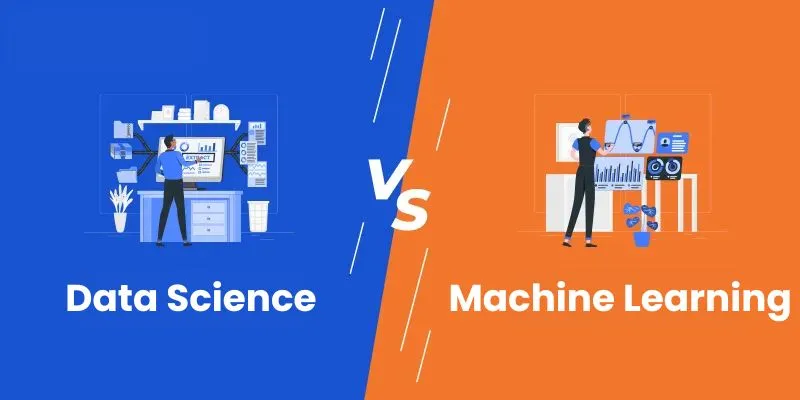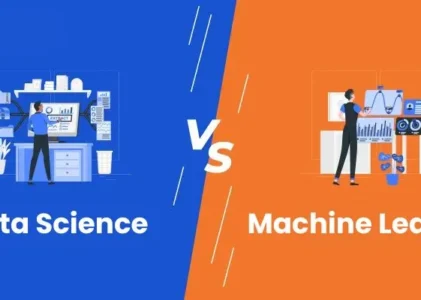In technology, terms like “data science” and “machine learning” are frequently used interchangeably, leading to confusion about their distinct roles and contributions. Both are integral components of the evolving digital landscape, yet they serve unique purposes. To navigate through this confusion, it’s essential to unravel the disparities between data science and machine learning. Unlock your Data Science potential! Embark on a data science journey with our Data Science Course in Chennai. Join now for hands-on learning and expert guidance at FITA Academy.
What is Data Science?
Data science is a comprehensive field that involves extracting meaningful insights and knowledge from data. It encompasses a huge array of techniques, including statistical analysis, data cleaning, data visualization, and predictive modeling. The primary goal of data science is to unearth valuable patterns and trends within vast datasets, empowering organizations to make informed decisions.
Key Components of Data Science
Data Collection and Cleaning
Exploratory Data Analysis (EDA)
It is a key phase in data science that involves visualizing and interpreting data to uncover patterns, correlations, and anomalies.
Data Visualization
Data science relies heavily on efficient communication of insights. Visualization technologies are used to convey complex findings in a plain and understandable format.
What is Machine Learning?
Machine learning is area of artificial intelligence (AI) that many focuses on designing algorithms and models which will enable computers to study from information and make predictions descission or decisions without explicit programming. It revolves around the idea that systems can improve their performance over time through experience. Learn all the Data Science techniques and become a data scientist. Enroll in our Data Science Online Course.
Key Components of Machine Learning
Supervised Learning
In supervised learning, models are trained on labeled datasets, where the algorithm learns the relationship between input and output variables. The system uses historical data with known outcomes to predict future results, making it one of the most widely used machine learning techniques. This approach is commonly applied in tasks such as classification (e.g., spam detection, image recognition) and regression (e.g., predicting house prices, stock market trends). The accuracy of a supervised learning model depends on the quality of the labeled data and the choice of algorithm. Popular algorithms include Decision Trees, Support Vector Machines (SVM), and Neural Networks.
Unsupervised Learning
Reinforcement Learning
Reinforcement learning (RL) is inspired by behavioral psychology, where an agent learns to make decisions through a system of rewards and penalties. The agent interacts with an environment and refines its strategy over time to maximize cumulative rewards. This learning style is widely used in robotics, autonomous driving, gaming (e.g., AlphaGo), and automated trading systems. Reinforcement learning operates through techniques such as Markov Decision Processes (MDP), Q-Learning, and Deep Q-Networks (DQN). Unlike supervised and unsupervised learning, RL focuses on trial-and-error interactions, allowing models to adapt dynamically to changing environments.
Deep Learning
Bridging the Gap
While data science and machine learning are independent fields, they are interrelated and frequently work together. Data science lays the groundwork by gathering, cleaning, and analyzing data, whereas machine learning uses the processed data to create prediction models and make intelligent judgments.
Distinguishing between data science and machine learning is vital for tech professionals and beyond. Data science serves as the foundation, extracting insights from data holistically, while machine learning specializes in developing algorithms for predictive analysis. Both are essential for informed decision-making, and understanding their unique roles enhances comprehension in the dynamic tech landscape. Explore the top-notch Advanced Training Institute in Chennai. Unlock coding excellence with expert guidance and hands-on learning experiences.
Also Check: Best Excel Use Cases and Templates for Project Management
Comments
0 comments

